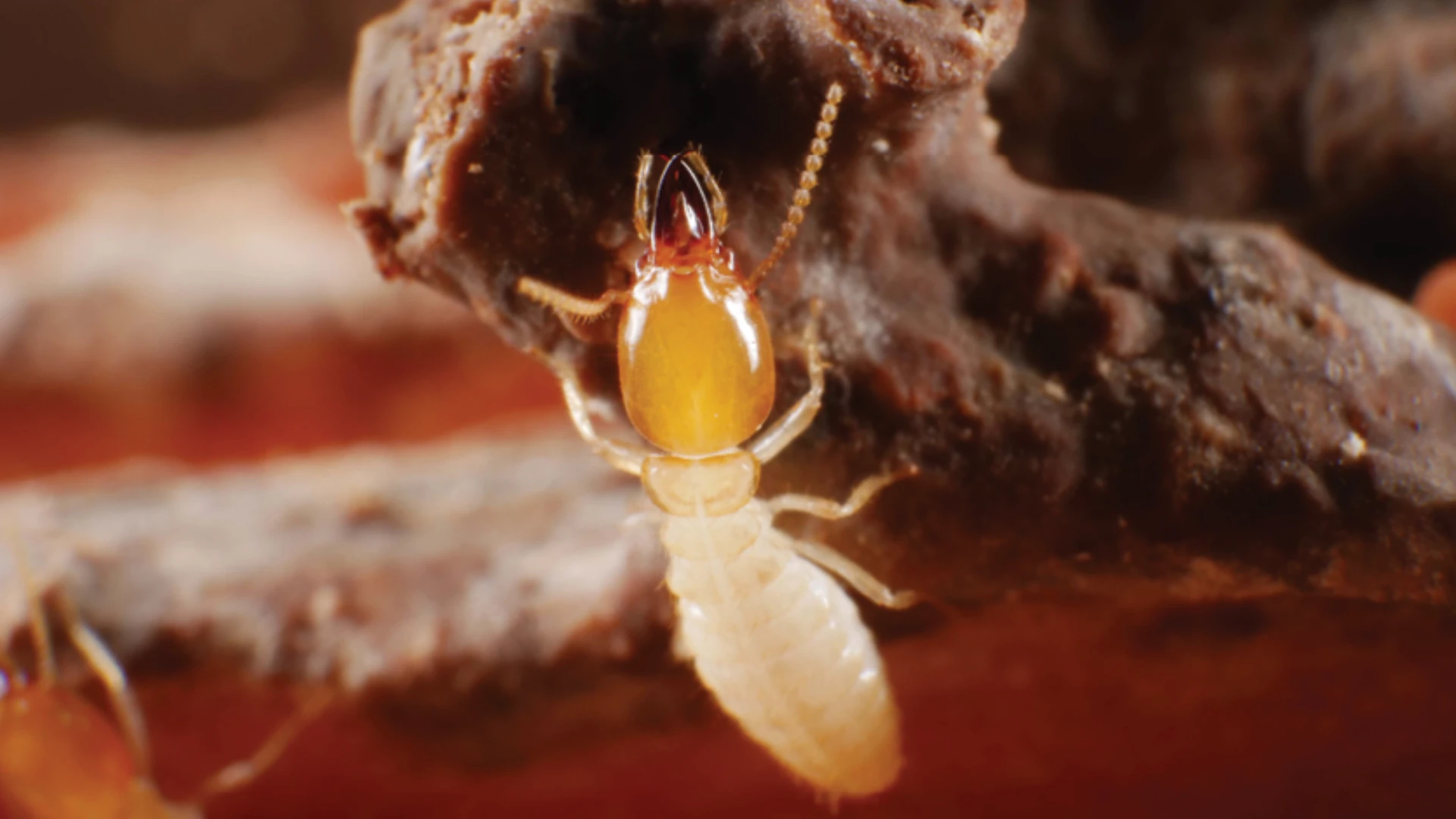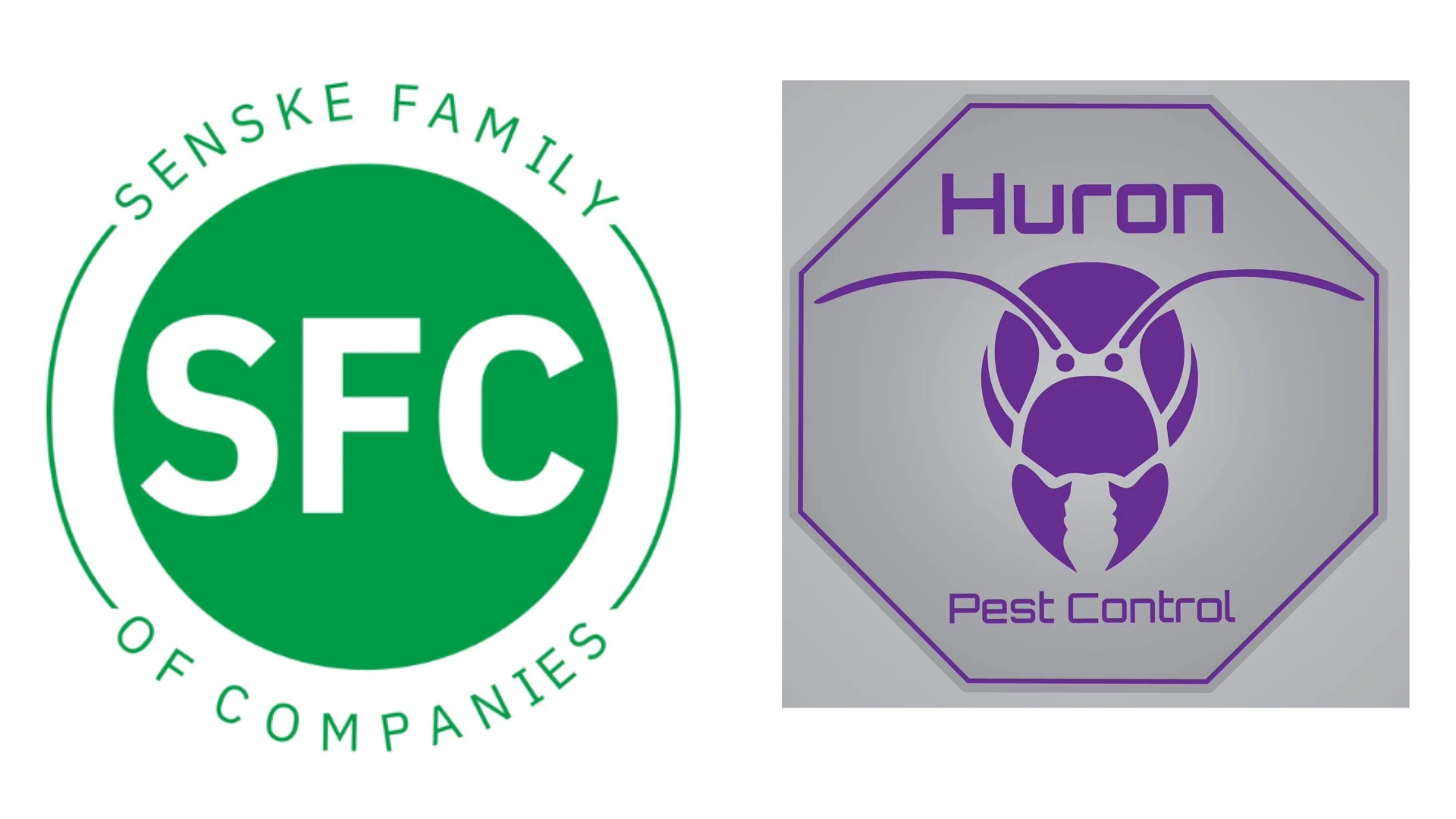Scientific Names: Pollenia rudis (Fabricius)
Order/Family: Diptera/Calliphoridae
Description
Cluster flies are close relatives of blow flies and are similar in size to house flies (3/8-inch) but are more robust in body structure. They are nonmetallic gray, lack stripes on the thorax (segments with the wings and legs attached), and have yellow or golden hairs on the back, behind the head and around the base of the wings. The larvae are typical spindle-shaped maggots but are never seen because they develop as parasites in earthworms.
Biology
The female flies mate in the spring and lay their eggs in soil crevices. The eggs hatch in three days and the larvae burrow into the bodies of earthworms where they develop. Development (egg to adult) requires 27 to 39 days. There are usually four generations per year.
Habits
Cluster flies are annoying because they overwinter as adults in the attics and wall voids of structures, especially older frame buildings. The common name of this species reflects its behavior of gathering in clusters before hibernation. They enter structures in early fall to seek shelter from cooling temperatures. Soon, a “cluster” of adult flies accumulates in wall voids and dark corners, under shelving, beneath curtains and in other protected areas.
Control
There is no effective control of the larval stage of these flies because they develop in earthworms. Control tactics for cluster flies should be initiated before they enter buildings in large numbers. The most effective long-term control in structures attractive to overwintering adults is to seal entry points in the walls and roof of the structure. Large accumulations of these flies can be removed with a vacuum cleaner.
Cluster flies cannot be controlled by disrupting the life cycle of the larvae (maggots) because they are parasitic on earthworms, which are beneficial contributors to the environment. Residual applications of micro-encapsulated and wettable powder formulations should be applied in the fall to the exterior surfaces of structures in order to control these flies prior to entry. Applications should target southern and western exposures. Although flies in wall voids can be controlled using aerosol or dust formulations, it is not recommended because the dead flies may attract larder beetle or carpet beetle larvae and, thus, result in a worse problem.
Up Close
- Cluster flies are close relatives of blow flies
- They are similar in size to house flies (3/8-inch) but are more robust in body structure
- Cluster flies appear narrow when at rest because their wings completely overlap over their backs
- Female flies mate in spring and lay their eggs in soil crevices
- On warm days in winter and spring, these flies annoy building occupants when they become active and crawl sluggishly over walls or windows
- Cluster flies overwinter as adults in the attics and wall voids of structures
WANT MORE?
Enter your email to receive our newsletters.

Explore the June 2007 Issue
Check out more from this issue and find your next story to read.
Latest from Pest Control Technology
- Webinar: Employee Incentives — Going Beyond the Annual Raise
- Pest Control Companies Helping Neighbors in Need Eradicate Bed Bugs
- Why Does Marketing Feel So Opaque?
- How Did This Pest Get Its Name?
- Rose Pest Solutions Honors Top Performers with Annual Chief’s Club Awards
- Doug Foster on Termite Control Equipment, Resources
- Pest Control Consultants Acquires EcoGuard Pest Control
- Pest Index Increased 9 Percent YOY in February





